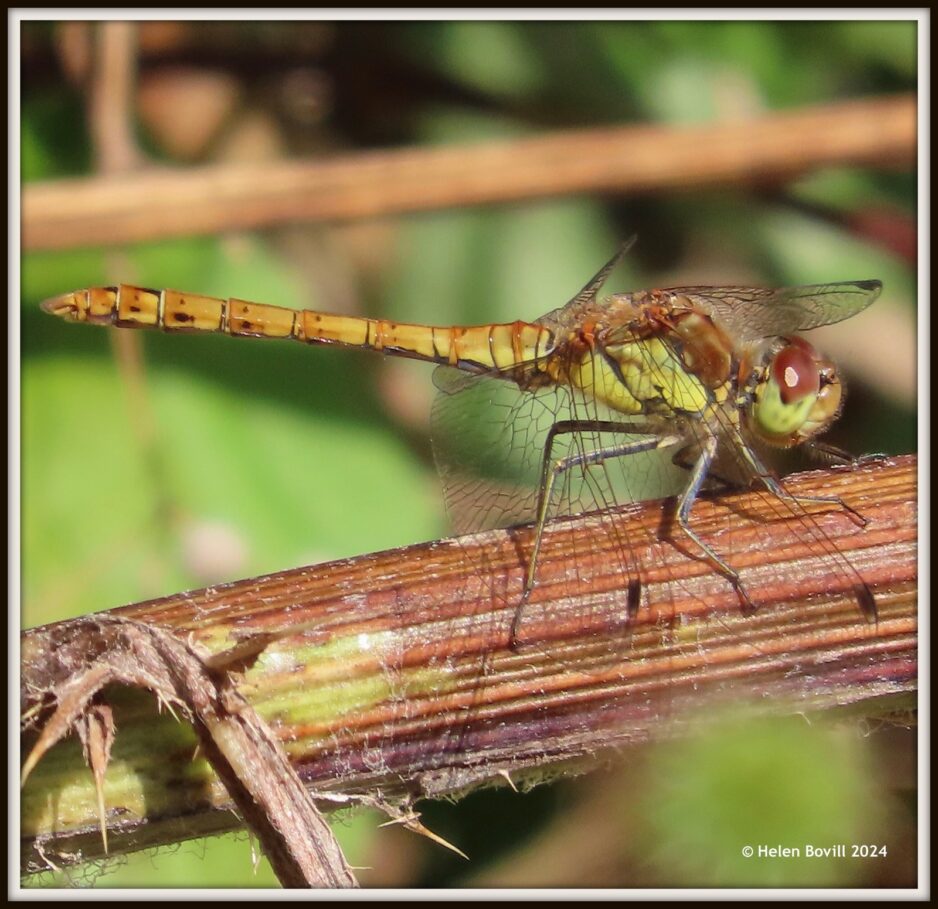August has been the driest month of the year so far. Our part of the country had only around 20% of its expected rainfall, leaving the footpaths dry all month. This meant less available water for the cemetery wildlife, as there is no water supply on site. In the absence of puddles, I’ve been maintaining a small shallow dish of water in the Quaker Burial Ground. As the cemetery has several houses that back onto it, I hope they contain bird baths and other water features to supplement this. There were plenty of warm sunny days in August, but no heatwave.
Insects
I had a few brief glimpses of dragonflies in the first part of the month. I finally managed to photograph them one sunny afternoon later in the month. I was delighted to see two different species – firstly a Common Darter, pictured above. At the same time and in the same part of the cemetery I also saw some Migrant Hawkers. I saw one land on a high, dead branch, then noticed some more on that same branch. At one point I counted a total of five of them, wings open, catching the sun, together with a second Common Darter.
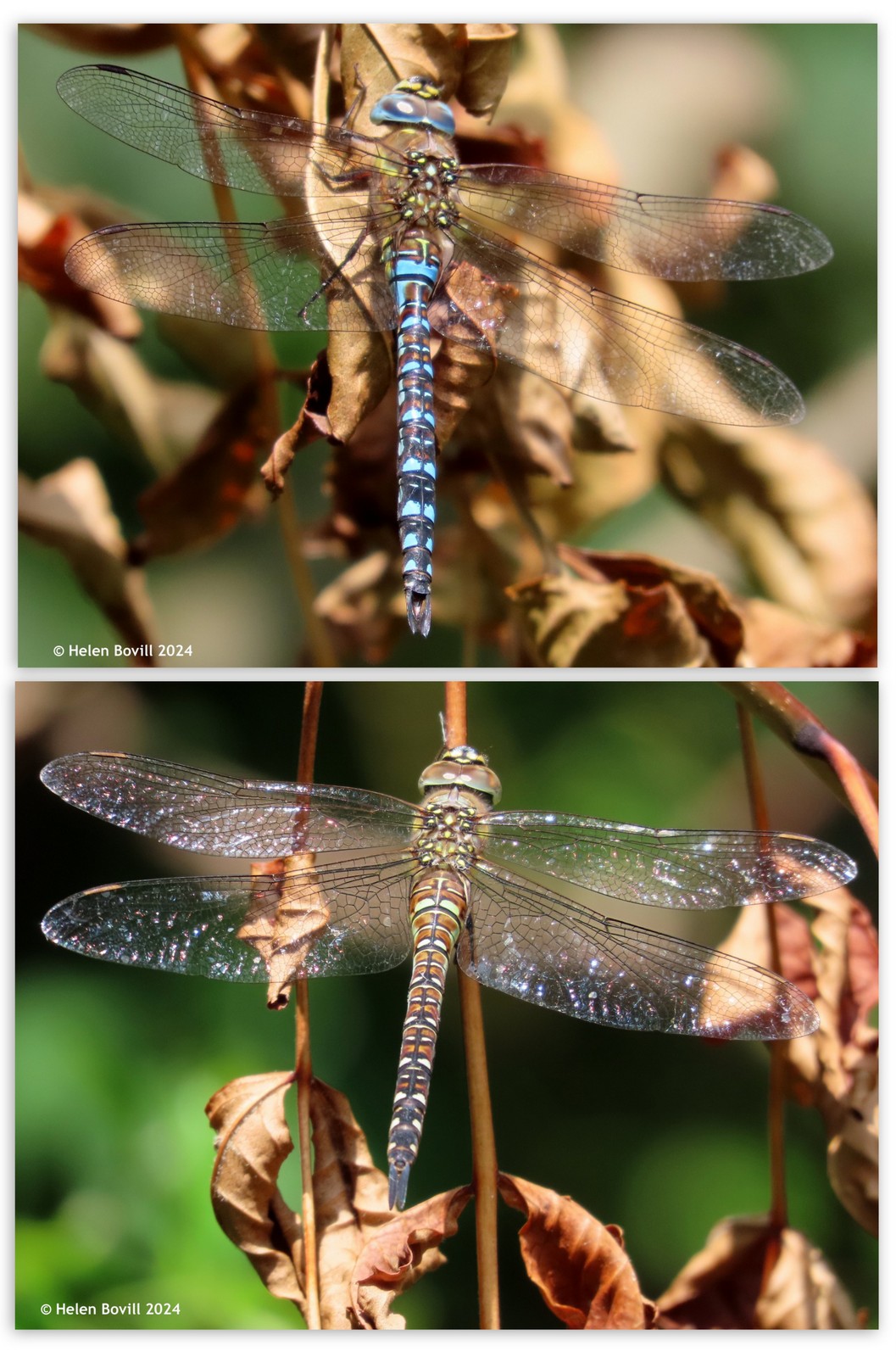
It’s great to be able to add these to the insect branch of the cemetery wildlife. For more information about dragonflies, please see the link at the end of this report.
I saw another butterfly species this month – the Gatekeeper. I actually saw two, both female, on Ragwort on the grass verge alongside the cemetery. This is the second year I’ve seen them here, and it brings the yearly butterfly species total to twelve.
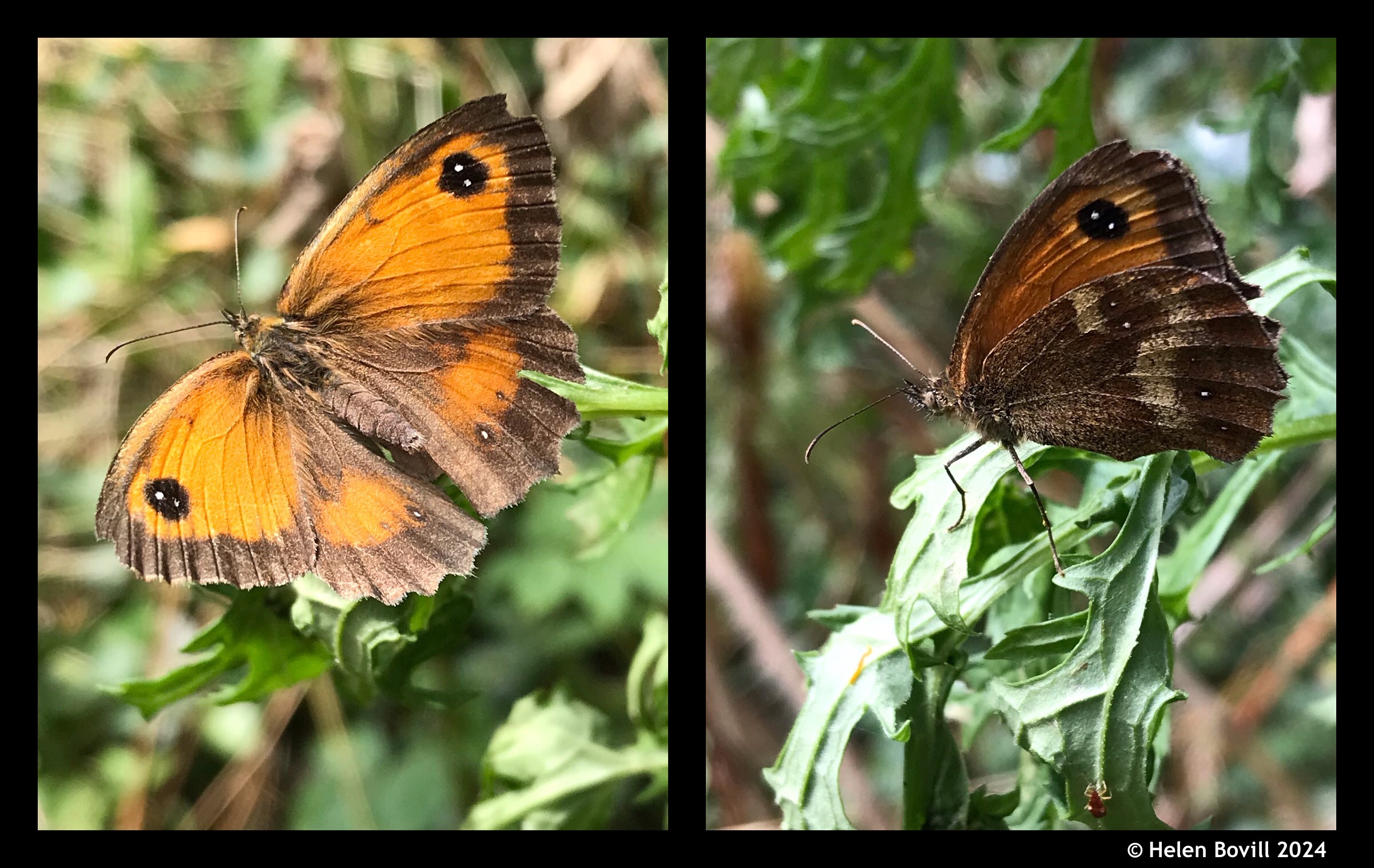
The only other butterflies I saw this month were Holly Blue, Large White and Speckled Wood. The Speckled Woods were the most abundant, but it shows what a quiet summer it’s been for butterflies when seeing four of them at once counts as a high amount.
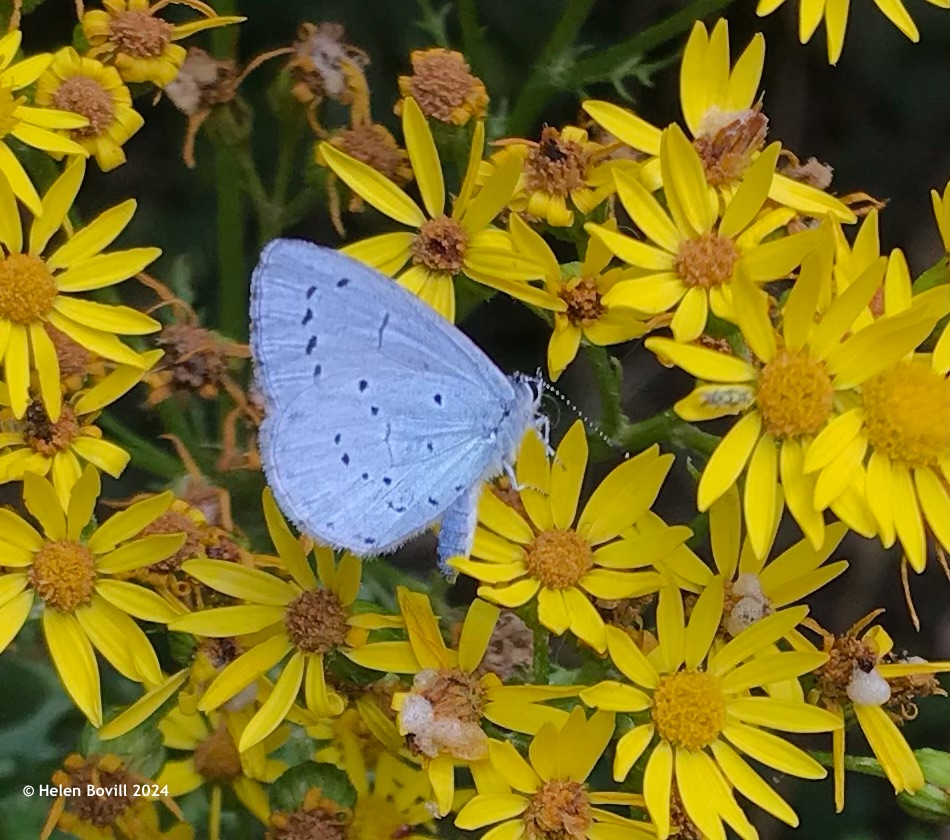
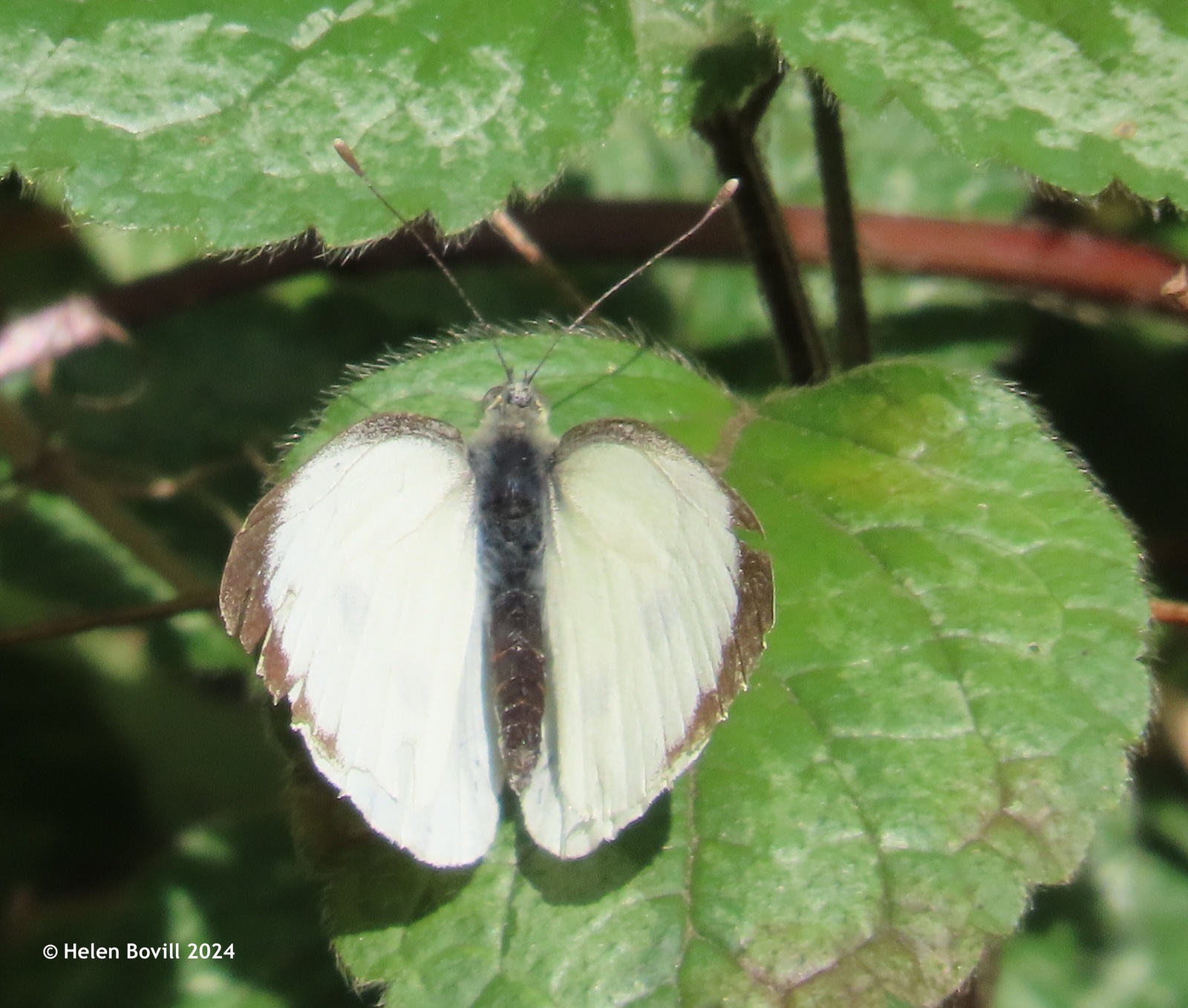
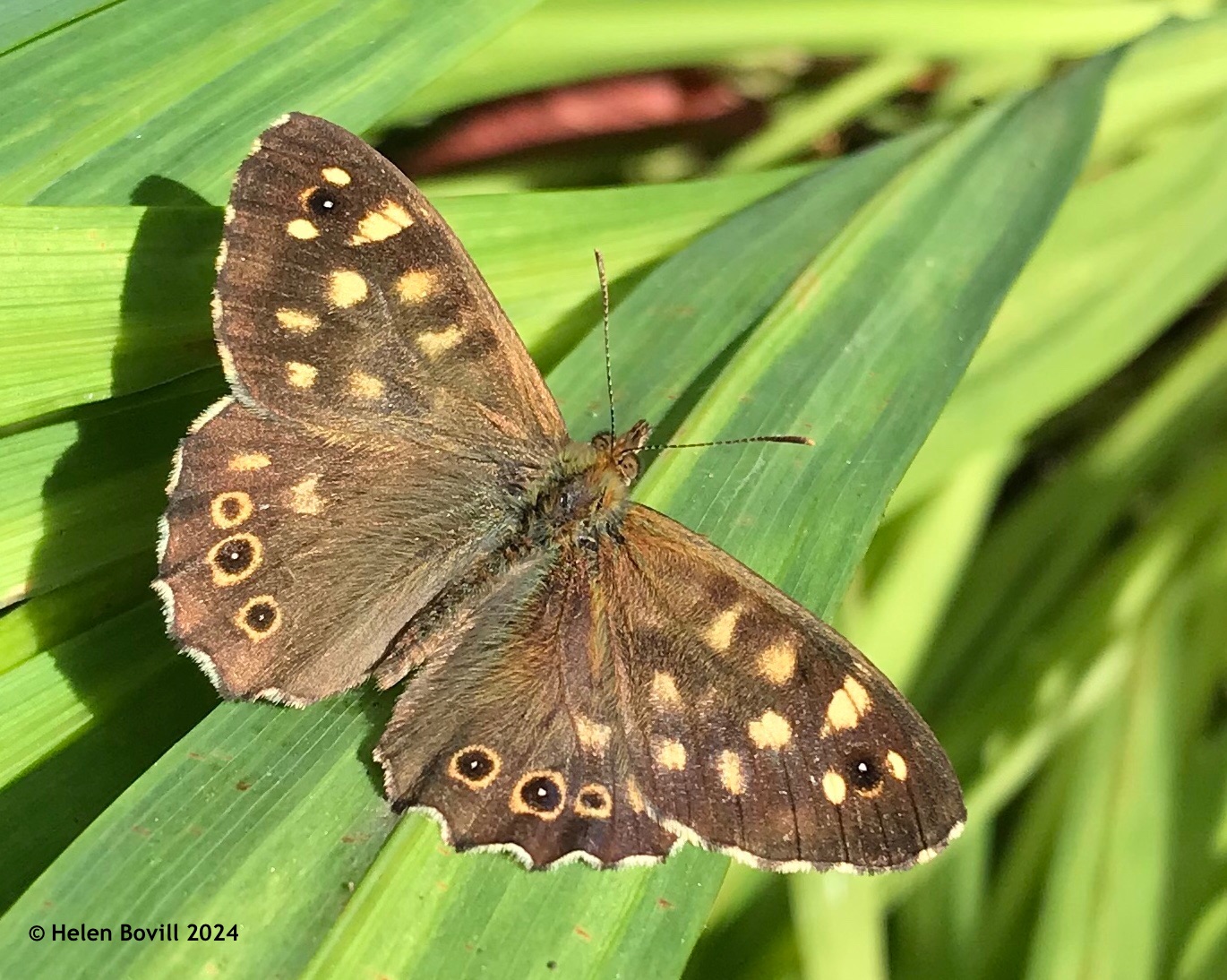
I saw plenty of small bees and other tiny insects this month (several of which bit me during my days working in the cemetery!). I didn’t see many hoverflies or ladybirds this month.
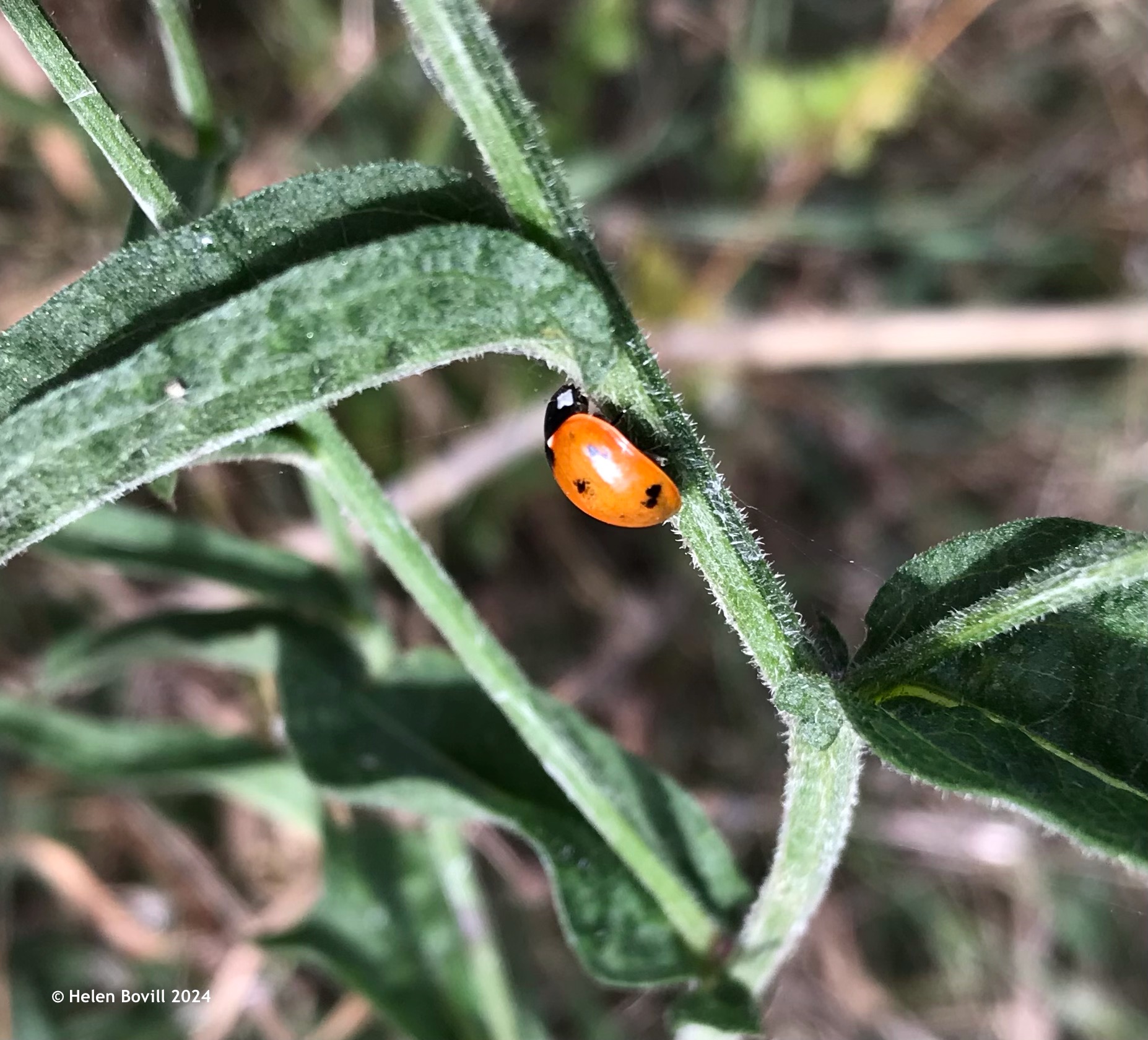
Birds
Many of the birds have been busy raising their young, and I saw a number of fresh eggshells on the ground in the cemetery.
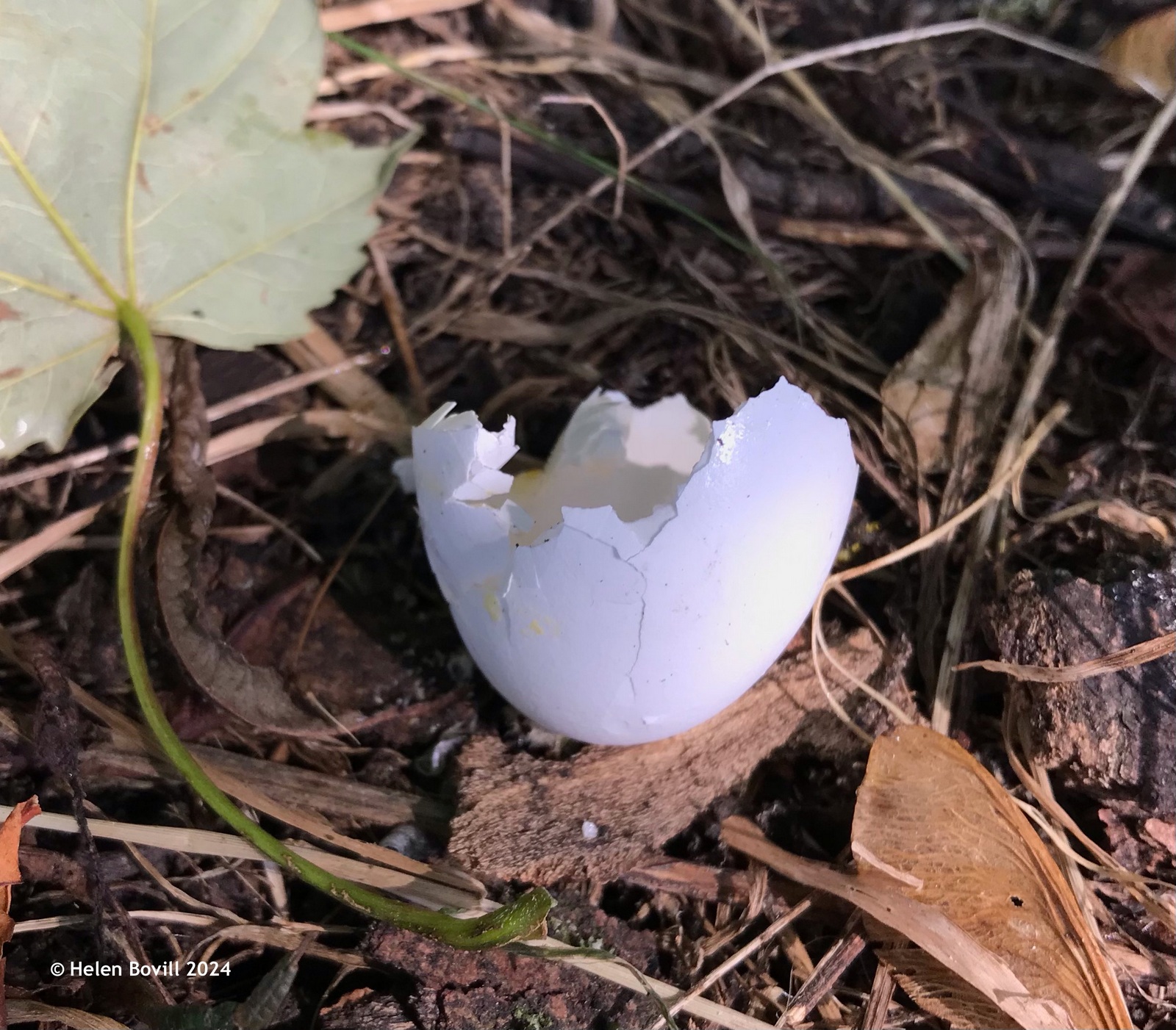
Whilst I can’t say for definite which bird laid this particular egg, the colour and size would suggest a Wood Pigeon or possibly a Stock Dove. Both species live in the cemetery.
I also found a feather on the ground.
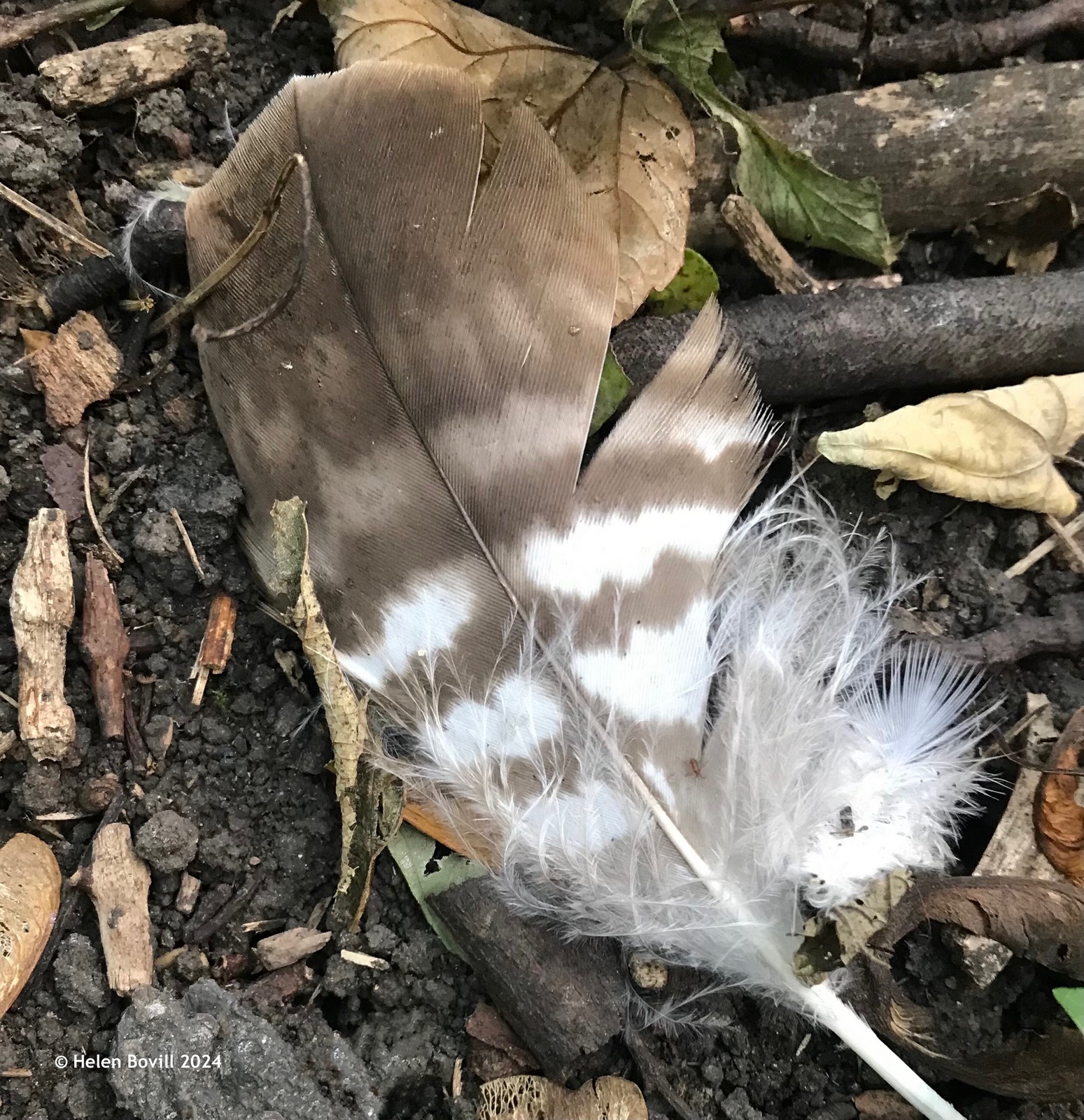
I’ve been unable to find out which bird it belonged to. My guess is possibly either a Tawny Owl or a Sparrowhawk, both of which have been seen in the cemetery. However, it could also be from a Buzzard – this species was a spectacular visitor to the cemetery a few years ago. I hope this is just the result of preening rather than an attack of some sort.
The smallest avian branch of the cemetery wildlife has proved rather difficult to photograph this month. There have been plenty of Chaffinches, Blue Tits, Great Tits and Robins around, but I did manage this quick snap of a Coal Tit.
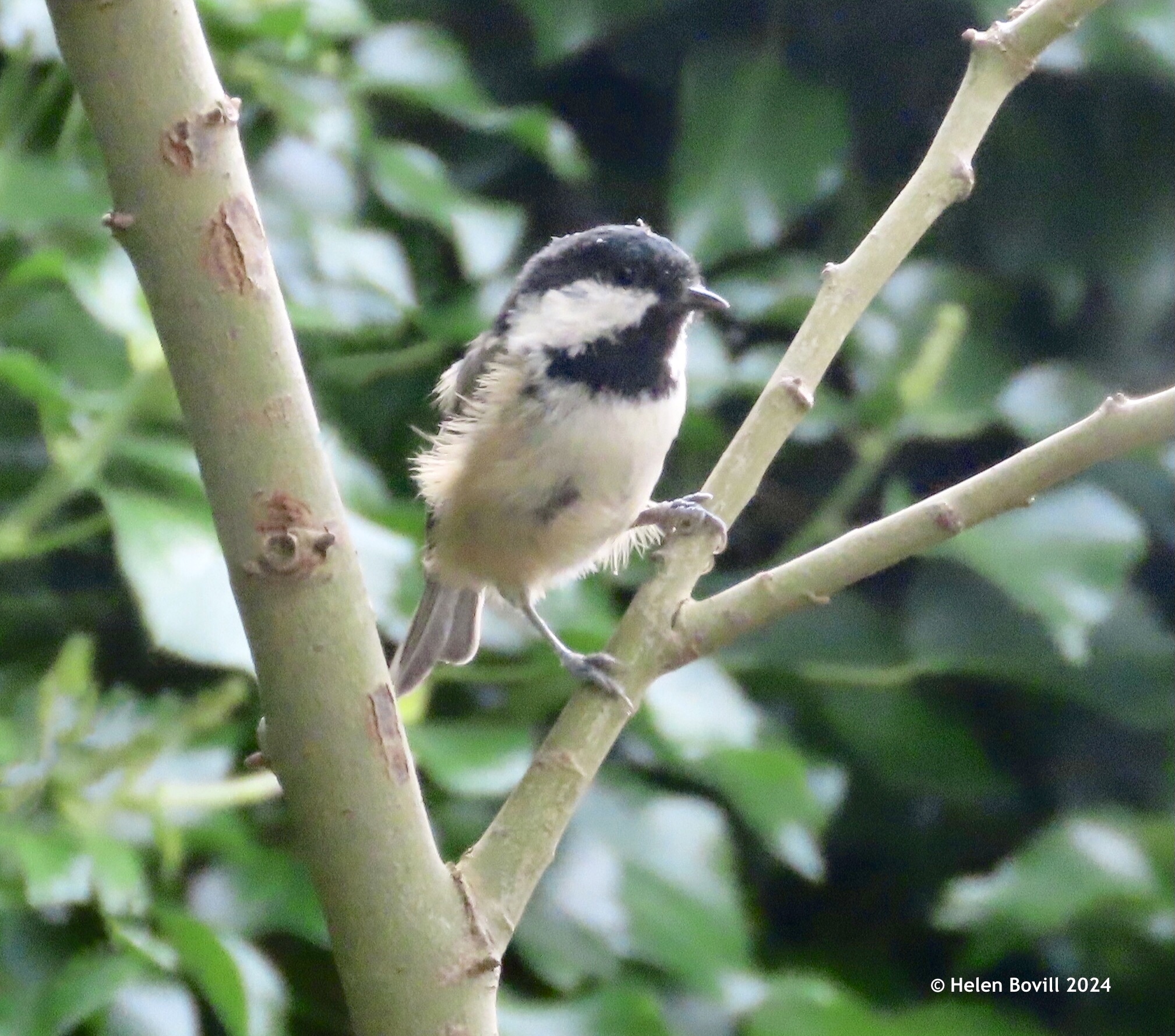
I also saw Wrens, Goldfinches and Blackbirds but I didn’t see any Bullfinches in August. It’s the first month this year when I haven’t seen any.
Plants
I didn’t find many plants in flower this month and the dry weather hasn’t helped them.
There is a lot of dry and dead vegetation in and around the cemetery. However, the Tansy and Musk Mallow growing on the grass verge is still in flower.
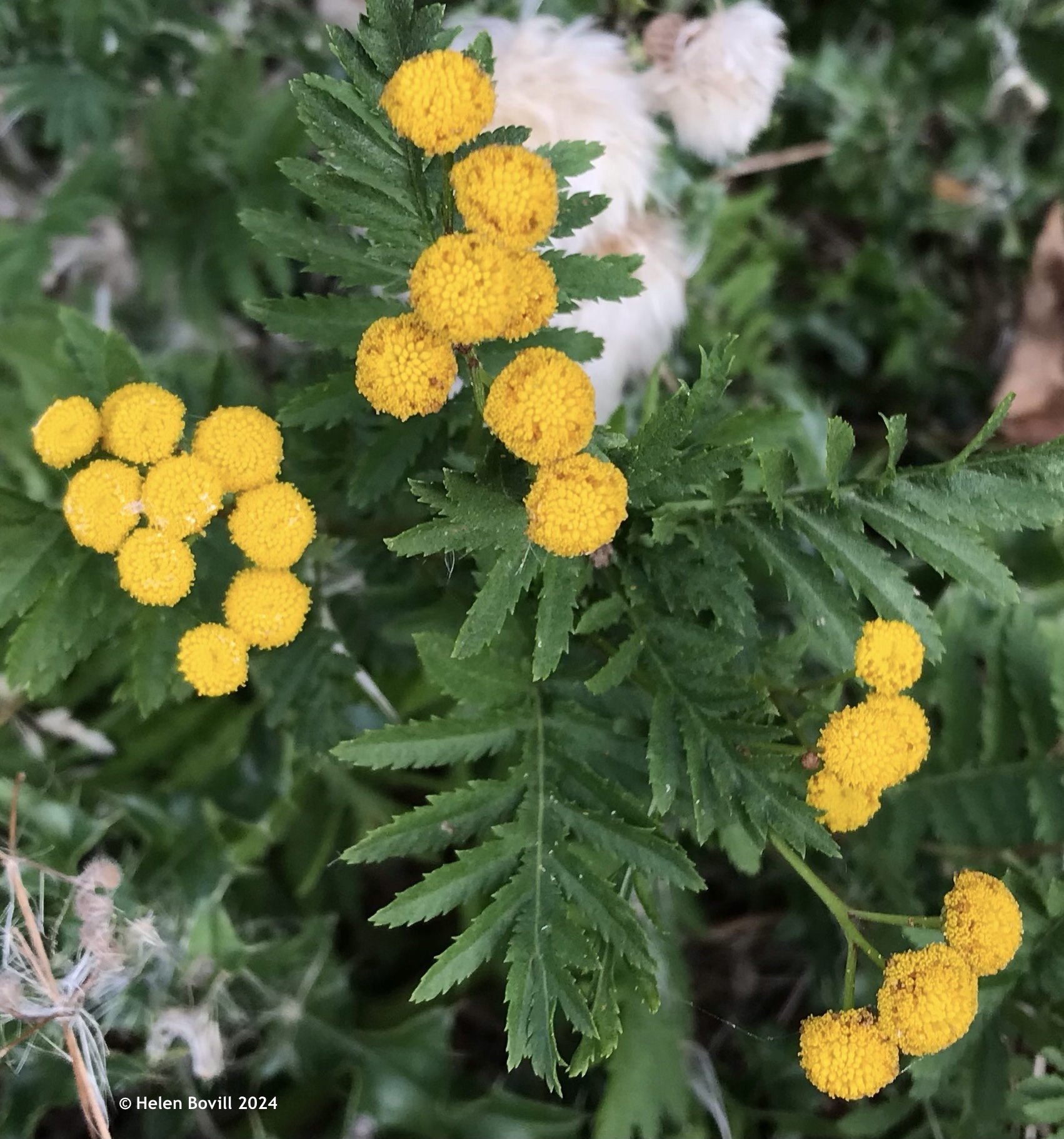

I also found this small yellow flower growing on the verge. It is possibly Smooth Hawksbeard, although there are so many very similar looking plants that it is difficult to say for certain.
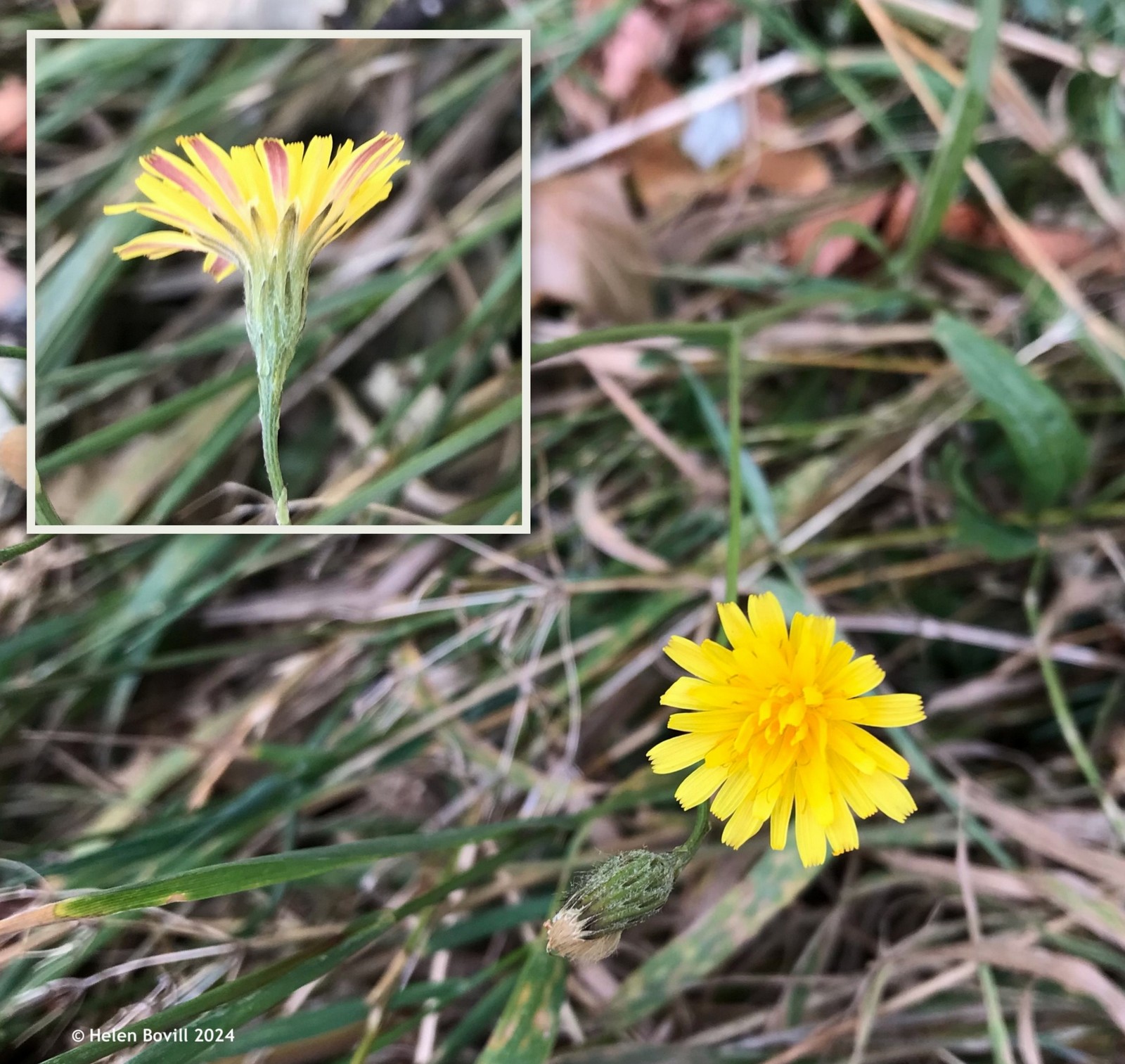
There was not therefore much pollen and nectar for the cemetery wildlife that relies on it for food. But for the other cemetery wildlife there is plenty of fruit available in the form of brambles and elderberries.
There have been a few windy days this month, and some of the horse chestnut trees have lost their fruit prematurely.
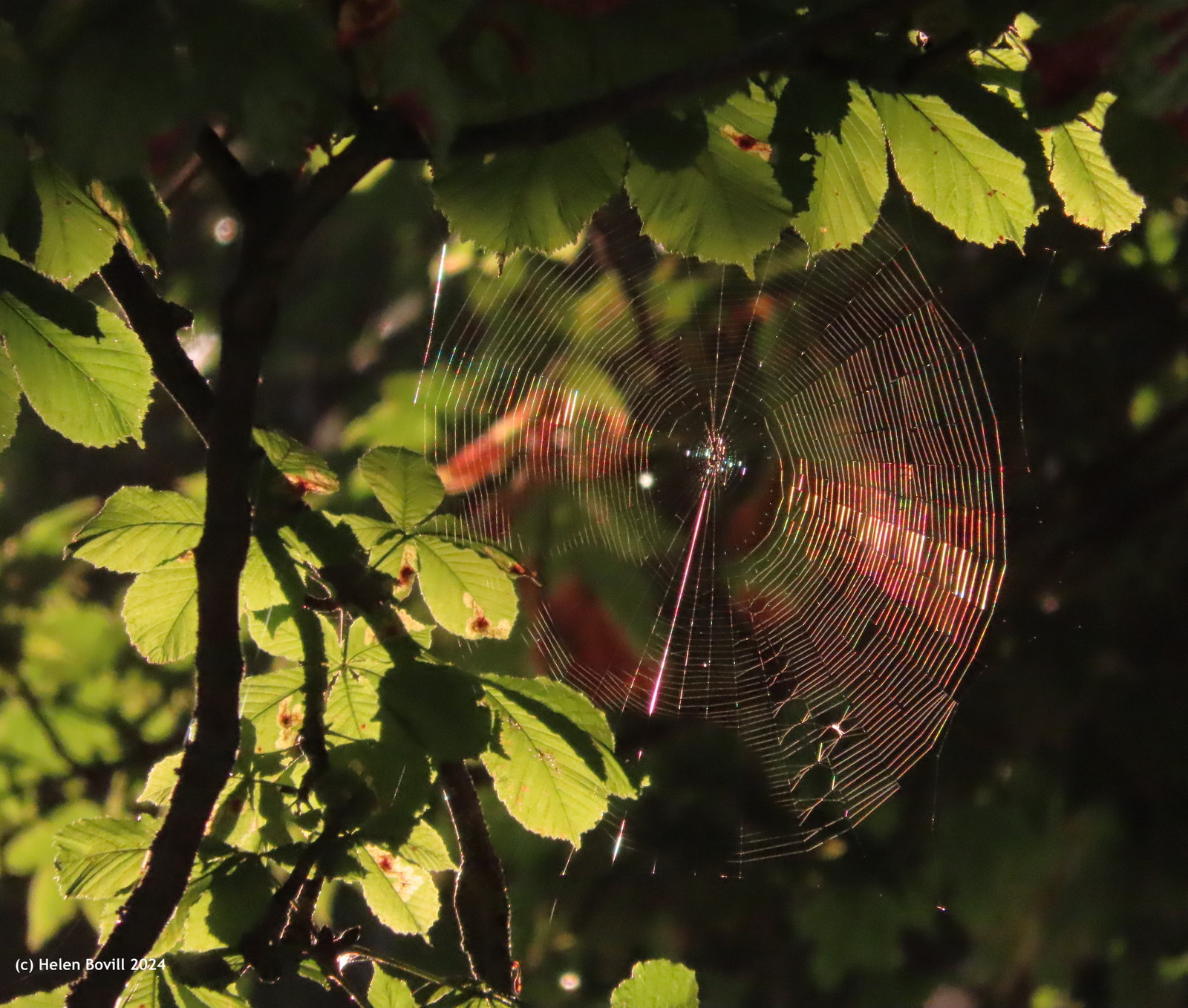
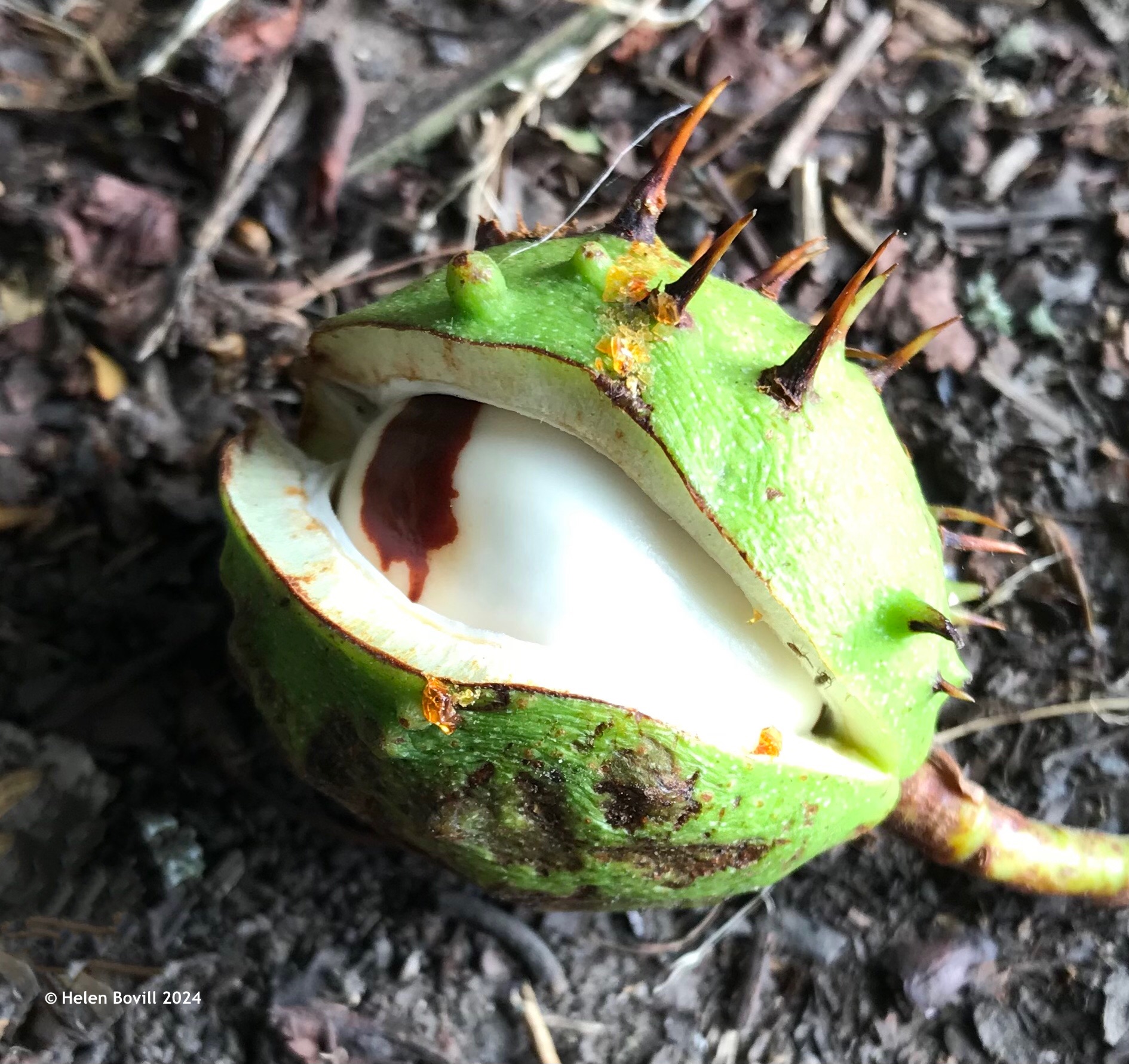
Conclusion
August was a typical summer month, with lots of dry and fine weather. But dare I say that the cemetery is already starting to look rather autumnal, with light falls of brown and orange leaves now carpeting the floor? Plus of course the fruits I mentioned earlier, but I’ll say more about them next month.

Link to more information about dragonflies :-
British Dragonflies: Larvae, Wings and Lifecycle – Woodland Trust


